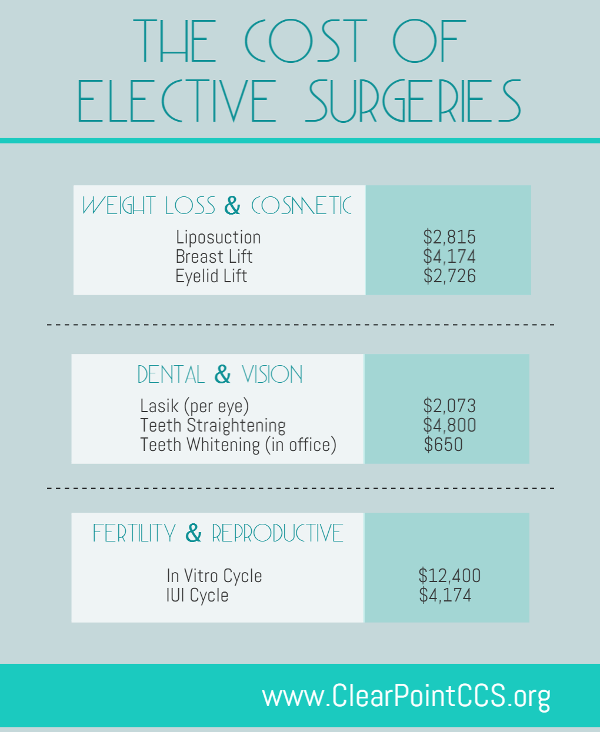Are Vegan Products Better For Acne
Are Vegan Products Better For Acne
Blog Article
Exactly How Does Photodynamic Therapy (PDT) Job?
Photodynamic therapy (PDT) combines a light-sensitive medication with special light to eliminate malignant and precancerous cells. Your physician places the medication on your skin or inside your eye and afterwards shines a light on the therapy area.
This mix eliminates cancerous cells and spares healthy cells. Yale Medication pulmonologist George Eapen, M.D., describes exactly how this works.
The Photosensitizer
Photodynamic treatment (PDT) makes use of a mix of light and a medicine called a photosensitizer to kill malignant or precancerous cells and extra healthy cells. You obtain an injection of the photosensitizer, which is then activated by light in your body. The photosensitizer is soaked up by both healthy and balanced and cancerous cells but isn't poisonous till it is triggered by the light.
Light-absorbing molecules, called photosensitizers, are located in plants and animals, including human beings. There are lots of photosensitizers, however many are able to soak up a certain range of light wavelengths.
Once the photosensitizer is revealed to a light with a coordinating spectral range, it's transformed from its ground state into an excited singlet state. This allows it to move energy to molecular oxygen, generating singlet oxygen and cost-free radicals that mediate cellular poisoning.
The Light
During treatment, an unique light is radiated on the area where the photosensitizer was used. This light triggers the drug and damages cancer cells or precancerous cells that it has targeted.
The drugs that are made use of in photodynamic therapy have different absorption buildings and a few of them may take hours to leave regular cells however remain much longer in cancer or precancer cells. This process enables the doctor to target cancer cells extra exactly than other sorts of treatments that make use of noticeable light, such as lasers or electrocautery [54]
Photodynamic therapy can deal with the earliest spots of sunlight damage known as actinic keratosis and can lower skin cancer growth in people at high threat for establishing the condition. It is likewise an option for some people with wet kind age-related macular degeneration, which is a common root cause of loss of central vision in older grownups. It can not restore the loss of vision brought on by this illness, yet it can decrease the development of unusual capillary development that creates wet AMD.
The Activation
Photodynamic treatment (PDT) utilizes a drug and light to treat cancer cells and other skin disease. It targets precancerous cells and kills them. Unlike various other cancer therapies that burn and ruin, this treatment eliminates precancerous cells while sparing healthy cells.
The photosensitizer is provided right into the skin with topical, dental or intravenous administration. It is soaked up by the tumor cells and triggered when exposed to light of a certain wavelength. This triggers a sequence of photochemical responses that produces responsive oxygen species (ROS) that damages tumor tissue and eliminate cancer cells.
PDT is most often utilized to treat actinic keratoses and in situ squamous cell cancer (Bowen disease). It can likewise be used to treat various other types of skin cancer, consisting of superficial basic cell carcinoma. It can be utilized alone or with various other treatments, such as surgical treatment or radiation. It can also shrink lumps in the lungs, allowing surgical treatment or various other treatment to be risk-free and reliable.
The Treatment
PDT functions ideal in small irregular locations of tissue that a light can get to, such as the skin, eyes, mouth or food pipe (oesophagus) and lungs. It is additionally used to treat precancerous developments, such as actinic keratoses, which are sun-damaged cells that can develop into cancer.
Physicians carry out the photosensitizer as a cream or injection, and afterwards shine a light on the treatment location. The light damages the abnormal cells. While healthy cells soak up the photosensitizer, it remains longer in cancerous cells.
After the treatment, your body normally deals with the dead cells. Individuals with lung cancer cells may experience spending blood or have a bronchoscopy to remove the lungs of the dead cells. In some cases, your morpheus8 doctors may make use of a bronchoscopy to remove the photosensitizer from the lungs as well if it triggers severe signs and symptoms. It's important to stay inside your home and make use of sunscreen when you go outside while the photosensitizer is in your system.